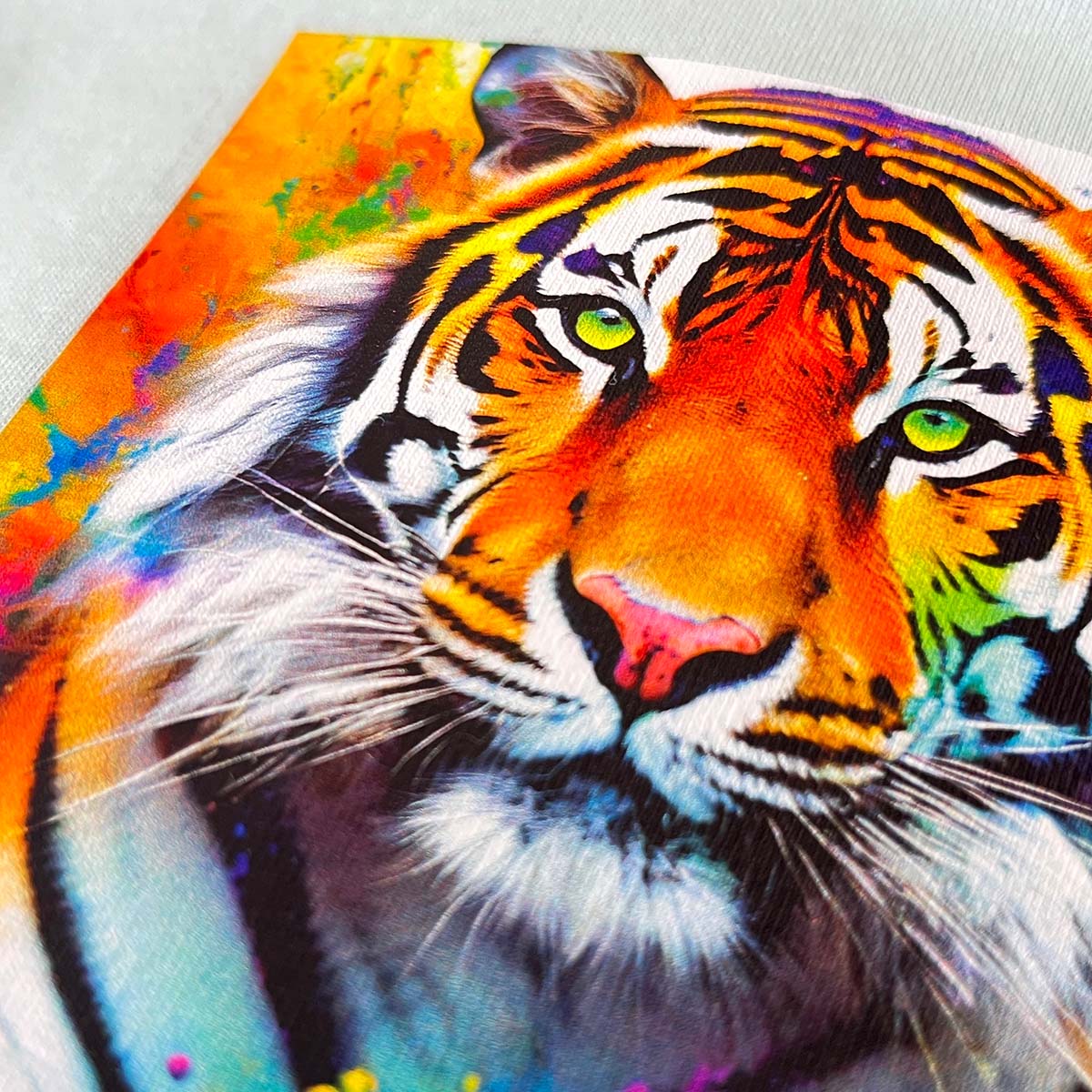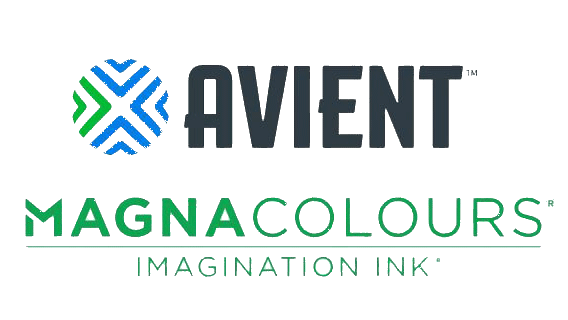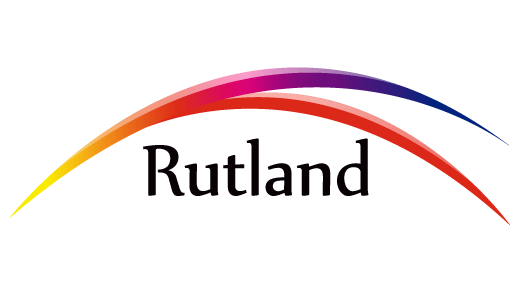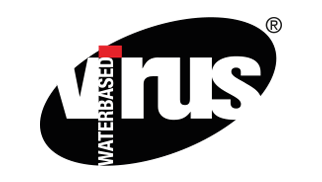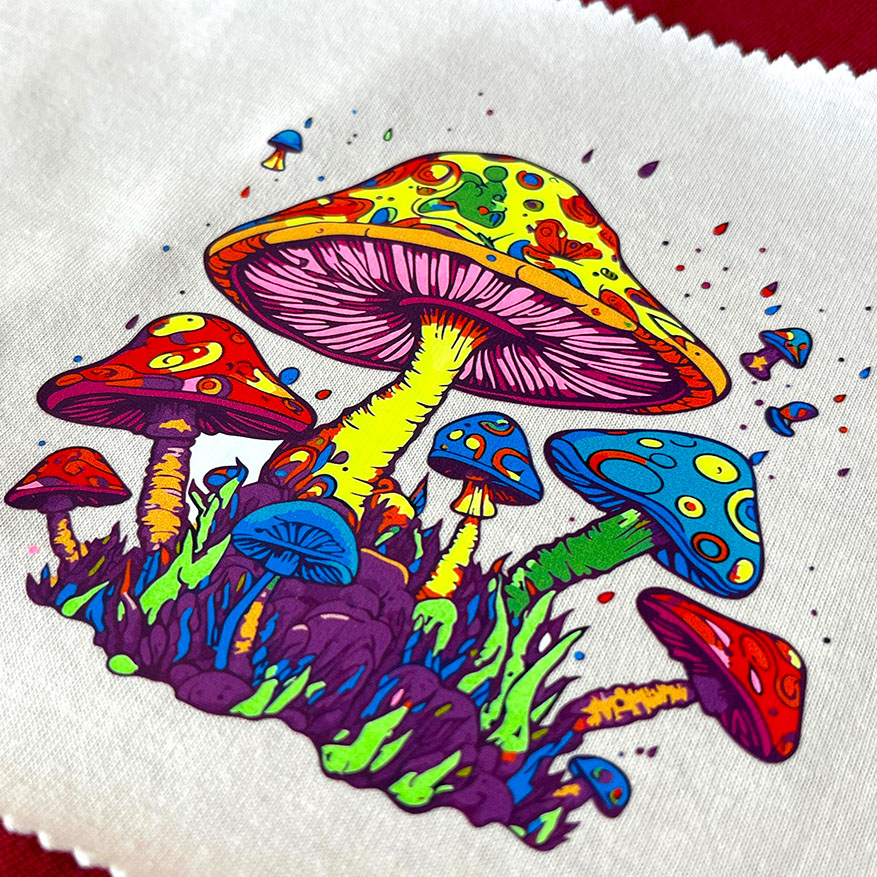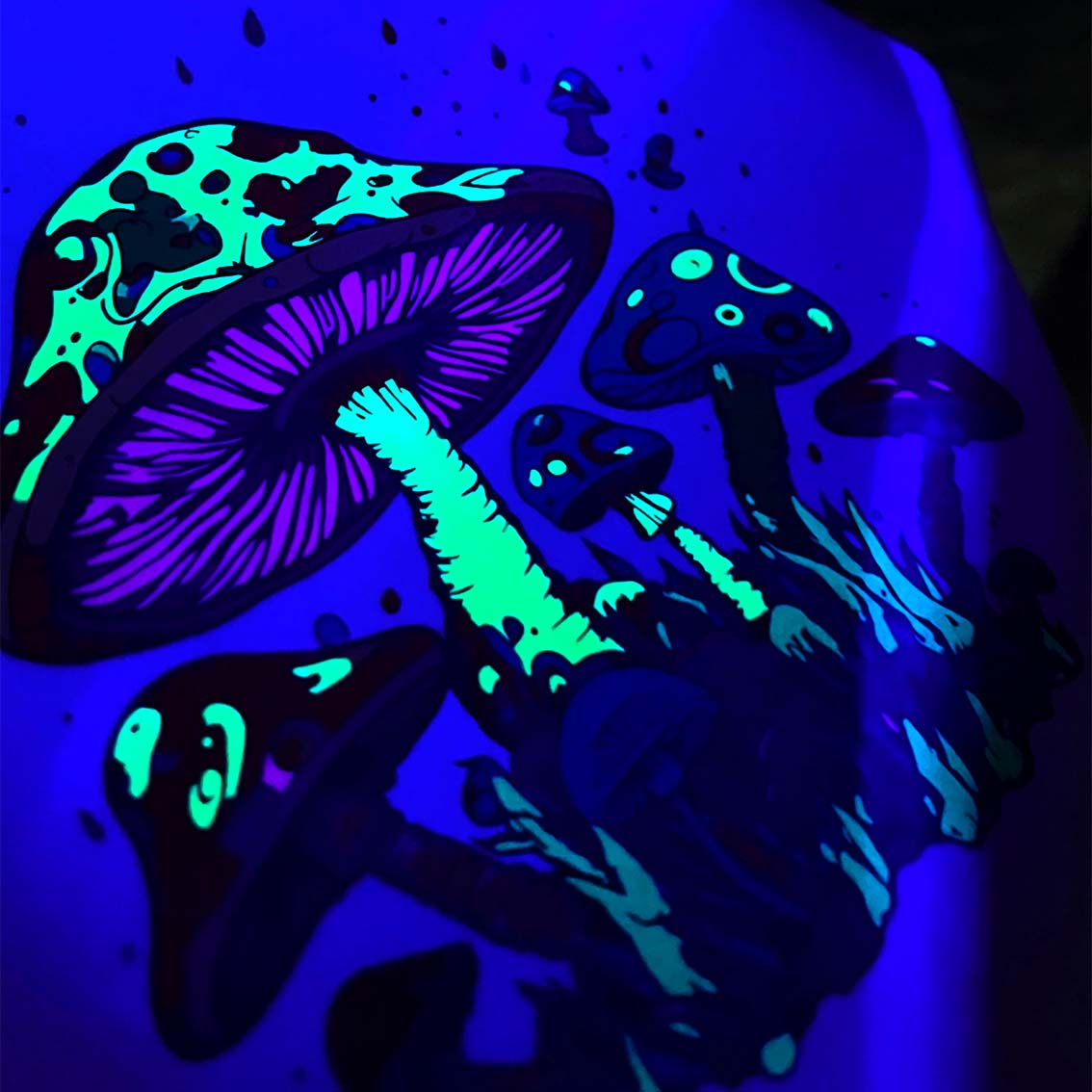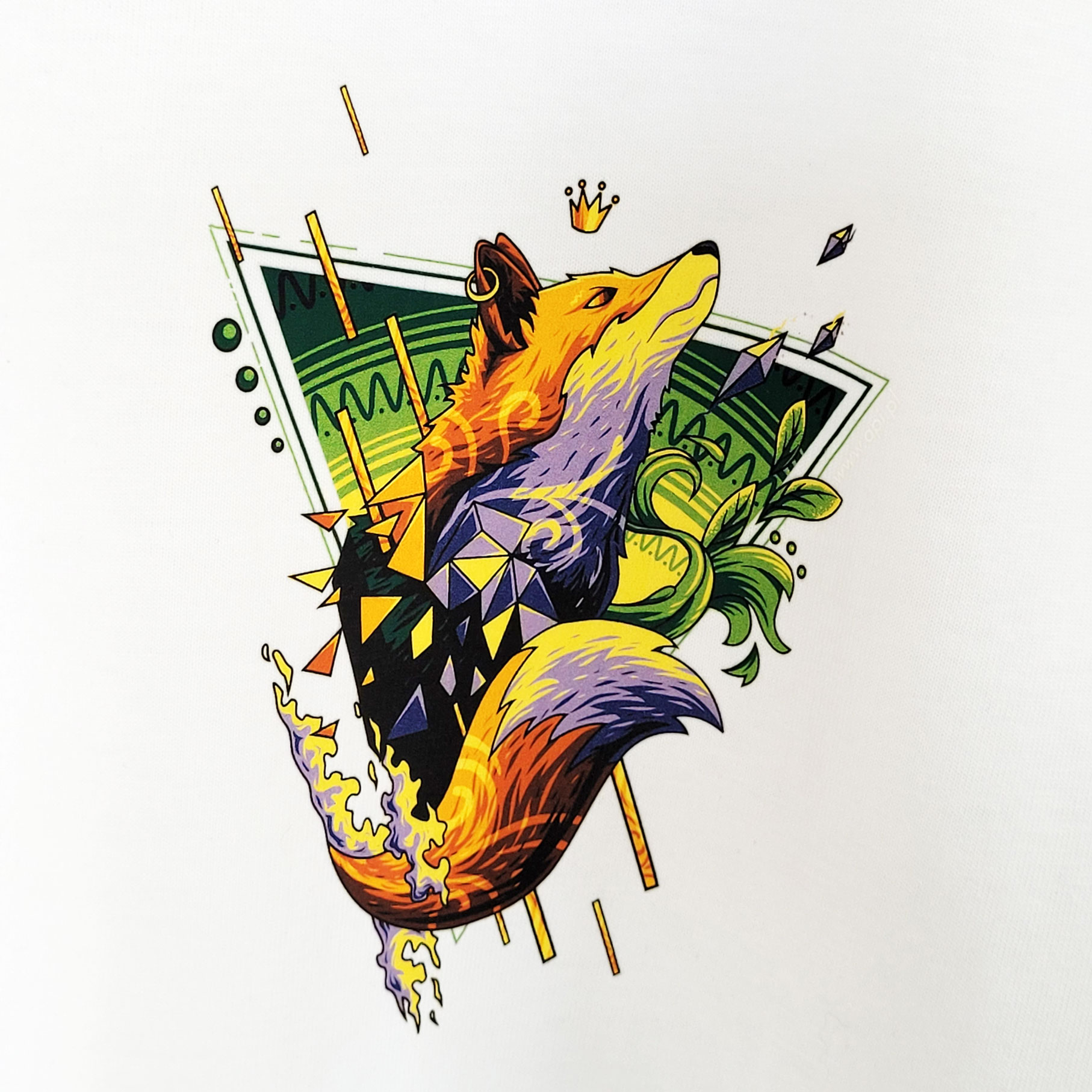Why is DTF so popular?
DTF printing at Print Union is primarily about versatility and repeatability. We can execute projects with many versions of personalization, variable data, numbering,
or names in different sizes. DTF handles sharp edges, small typography, and fine logo details very well, and the lack of color limitations allows for photorealistic
results.
From a purchasing process perspective, clients also appreciate predictability – the print result reflects the prepared production file, although it's important to
remember
that saturation or color deviation may slightly differ from the on-screen graphic – many factors influence what is seen on the monitor.
DTF vs other techniques: when is each choice best
At Print Union, we select the technology according to the task. DTF works great, among others, when:
- you need full-color prints with tonal transitions,
- the quantity is low or medium, and the turnaround time is short,
- the design includes personalization (e.g., different names),
- precise detail reproduction is required.
On the other hand, screen printing often wins with large quantities, simpler graphics, and when maximum durability is the priority. Embroidery adds prestige to thicker
knits or business wear.
We will advise you on what to choose so that your products look good right out of the box and after many washes.
Durability of DTF prints – what affects the final outcome
The durability of each print depends on three pillars: proper substrate selection, quality of components, and process control (temperature, pressure, time). DTF
provides very
good resistance to cracking and abrasion, provided the fabric is properly chosen and the transfer process is carried out according to the material manufacturer's
parameters.
Proper washing and care are also important: washing inside out, at lower temperatures (we usually recommend up to 30 degrees Celsius), without strong bleaches – this
prolongs
the print's lifespan.
Comfort and appearance: how the finished DTF print looks
Modern DTF prints provide a smooth, relatively flexible finish and very good coverage. The print feels thin to the touch, and the “plastic patch” effect typical for
older transfers
has been significantly reduced thanks to the development of powders and inks. However, the feeling on the fabric is still different than with prints deeply absorbed
into fibers
(e.g., water-based screen printing), so at Print Union we compare techniques during consultation to ensure the final garment meets both visual requirements and expected
softness.
Which materials do DTF prints like?
DTF adheres excellently to most cotton and cotton/polyester blend apparel. It also performs very well on many technical and synthetic fabrics, where other techniques
can struggle –
e.g., for fine logos on semi-slippery surfaces. Our experience shows that transfer techniques are particularly practical for polyester products and accessories where
precision
and quick application matter. On problematic items, such as polyester jackets, the print may slightly fade – for such productions, however, we recommend conducting a
test.
Preparing files for DTF – how to provide the artwork?
To achieve a perfect result, we prefer vectors (AI, PDF, EPS) or high-quality raster files at 1:1 scale and a minimum resolution of 300 dpi. A clean background and
correct bleed for designs
with irregular edges are key. Provide colors in the specification – we will reproduce them as accurately as possible within the DTF ink space, and before producing a
large print run,
we recommend a test if accurate color is a crucial parameter. Thin lines and fine typography work excellently in DTF, but too delicate elements around and below 0.5mm
may require slight thickening.
To ensure the print adheres correctly after many washes, we recommend a minimum line thickness of 1mm.
